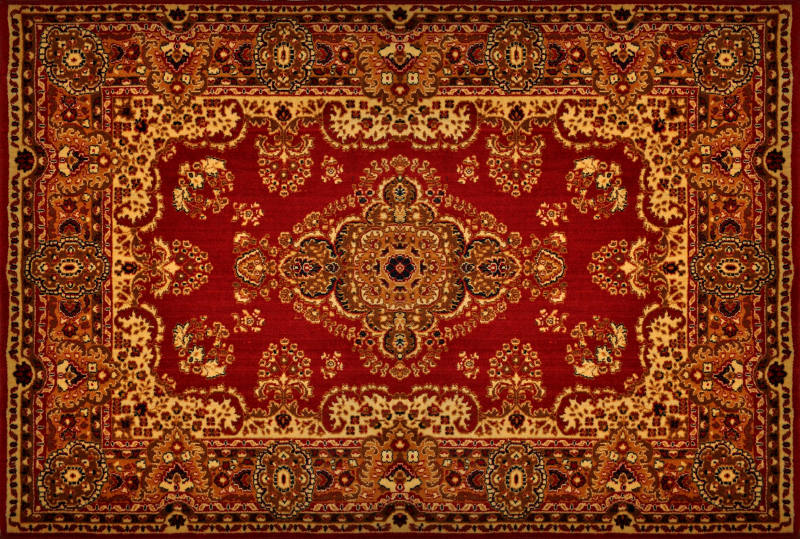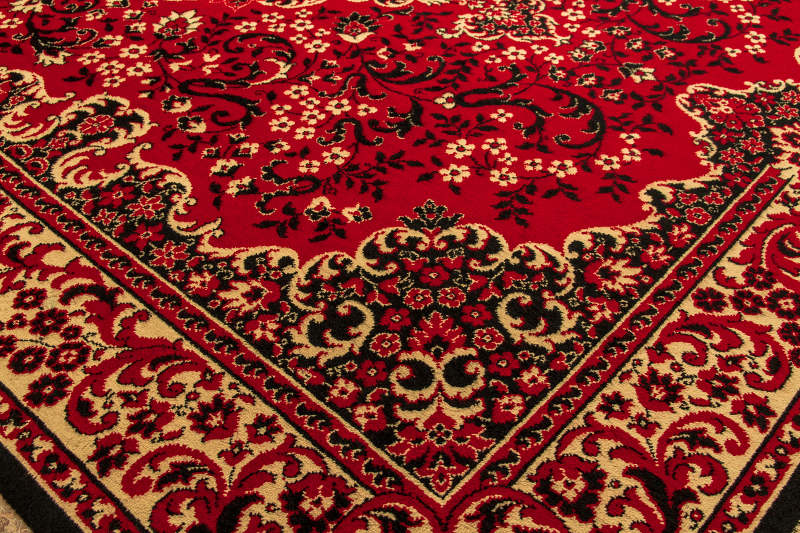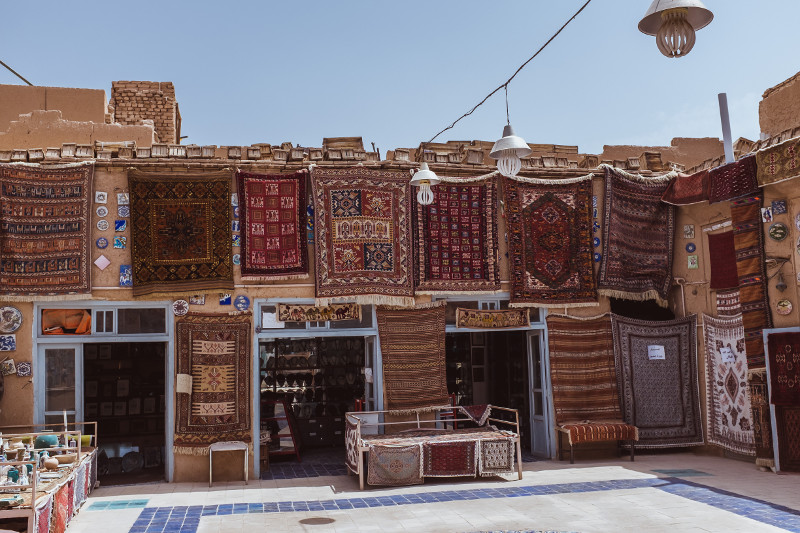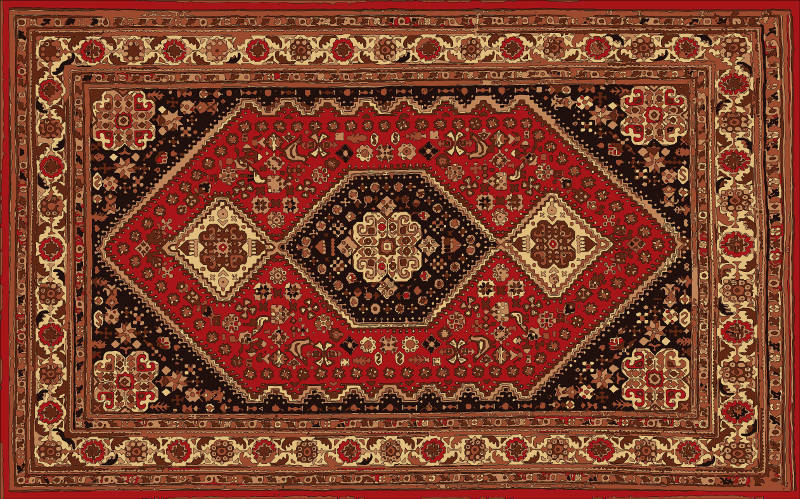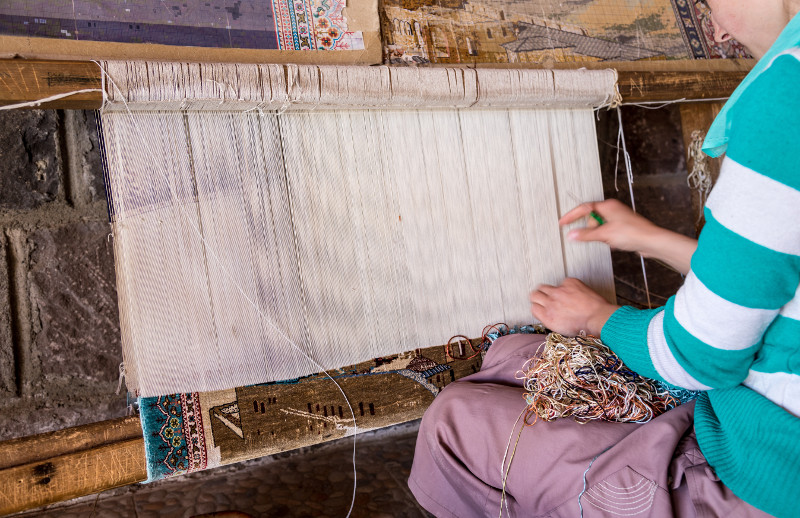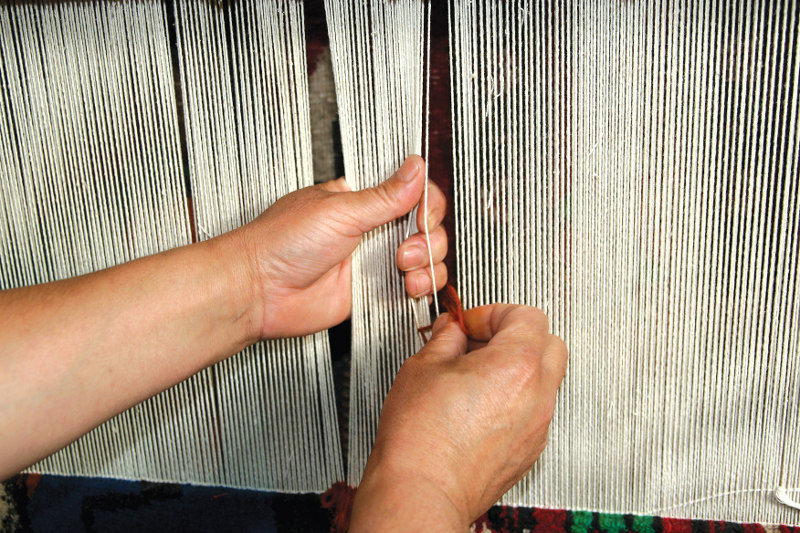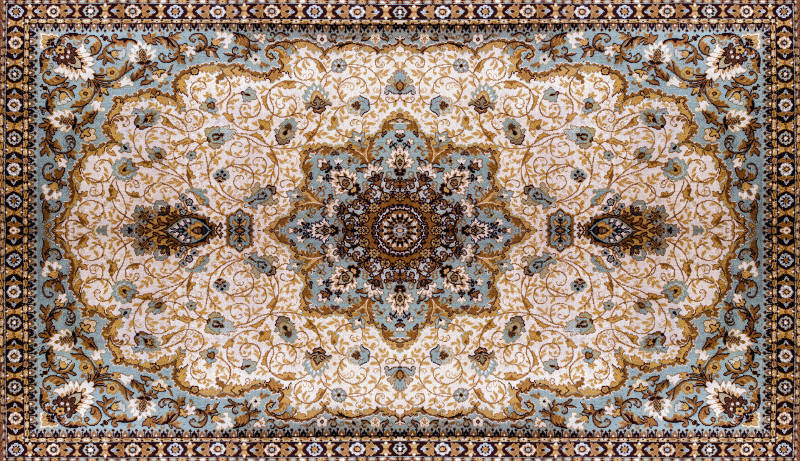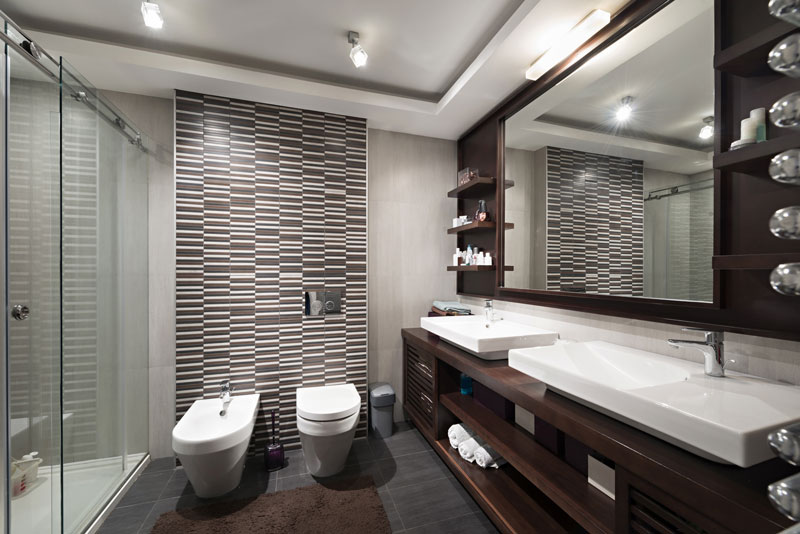The floor of your home says a lot about your style and personality. It’s the first thing that people see when they enter and they’re constantly reminded of it since they’re standing on it.
A lot of homeowners opt to go with hardwood floors these days and indeed these can be quite lovely… but they are hard, therefore the name. Sadly, carpets are known for attracting huge amounts of dust and other undesirables, so they’re not always an option. Have no fear; a wonderful balance can be achieved by using rugs or, more specifically, oriental rugs.
Oriental rugs are hand-woven pieces, made from wool, silk or cotton, and created in what would be considered one of the Eastern countries. The major producers of oriental rugs are Iran, China, Afghanistan, Turkey, Pakistan, and India. Although sold there, genuine oriental rugs are not woven in the United States, instead, ‘oriental design’ rugs are manufactured using machines, perhaps the most famous examples of authentic oriental rugs are Persian rugs.
Let’s get this straight from the start a Persian rug is an example of an oriental rug, but not all oriental rugs are necessarily Persian rugs. A Persian rug is defined as one which was specifically woven in present-day Iran. These rugs are beautifully designed and have become a major source of income for many Iranians as the worldwide demand continues to grow.
However, the greatest demand is not for contemporary pieces but rather for antiques, the antique Persian rugs are typically over 100 years old and, as such, originated from the former Persian Empire. They are categorized mainly on the basis of their designs, basically, the name says it all. Flower rugs will feature flowered patterns, and animal rugs have animals on them. Antique Persian rugs are very distinctive and offer a striking balance of color and elegance.
They can cost quite a bit, though, depending on the age and the intricacy of the design. On the other hand, antique Persian rugs are, of course, long-lasting, they’ve made it past a hundred years. Antique Persian rugs are therefore an excellent choice if you’re looking for something that you want to keep for a long time, or that you’d like to pass down through the generations, they’re a great investment and they look good too, they can enhance the décor of any living space for years to come.
Carpet and rug weaving in Iran (Persia) dates back to 3500 years in the bronze age, according to some experts, the oldest pieces of evidence of this art date back to the third to fifth centuries AD discovered in Eastern Turkestan, and hand-weavings of the Seljuks of Asia Minor. Carpets from Safavid dynasty (1501-1736) in the 16th century are also some of the earliest products in the history of carpet-weaving.
Although weaving of Persian rugs is predominantly mechanized now, the most popular and expensive ones are still hand woven in many parts of Iran, such as Baluch Rugs, Shiraz Rugs, and Wiss Rugs etc., reflecting the rich art and culture of ancient Persia. The Carpet Museum of Iran in Tehran houses some of the best works in the history of Persian rug weaving.
The motifs in Persian rugs commonly consist of scrolling vine networks, arabesques, palmettes, cloud bands, medallions, and overlapping geometric compartments, with silk, wool, and cotton as foundations. The designs are mostly intricate bearing little resemblance to one another but unique to the specific type, however, there are some universal styles of weaving, pattern and design commonly used.
Single and double tied rugs differentiate Anatolian or Turkish and Persian rugs. Anatolian carpets are double tied – which means that for every vertical strand of thread in the rug, it has two knots, the Persian rug is single tied so it has only one knot, this allows a finer image to appear on the final product because only the minimum amount of space is given for each vertical strand, this method has largely contributed to the Persian rug’s exquisiteness and popularity.
Persian city rugs such as Isfahan, Nain, Qum, Tabriz, Mashad, Kerman, Kashan etc. are made with intricate designs of buds and blossoms supported by vines and tendril, and bordered by arabesques that interlace creating a well-balanced tone. Solid color filed central medallions and triangular corners are also commonly used in the design. Central motif or medallion may also be replaced by an all-over design of repetitive floral icons. Blues, reds, browns, and greens are also predominant to create a lavish whole. Ground colors of border and field generally contrast without disrupting the harmony. The curvilinear pattern is achieved by increasing the intensity of knots, usually a 200-300 KPSI (knots per square inch), creating a visually curved line.
Persian Tribal rugs are usually made with natural raw materials such as the dye, and mostly hand-woven. They generally have 80-100 KPSI, and designs are mostly geometric which are easier to achieve with wider spaced knots, traditional dense floral patterns with vases, foliage, palmettes, and garden elements, small animals or plants etc. are commonly used in a design, these rugs are woven by the tribes in Iranian villages such as Wiss, near Hamedan; Shiraz, Central Iran; Baluch tribe in southern Iran etc. There are also tribal weavers of Caucasian and Turkoman origins.
Some of the Persian tribal rugs are quite an exception to weaving method following ancient Persian tradition, dating back to thousands of years.


